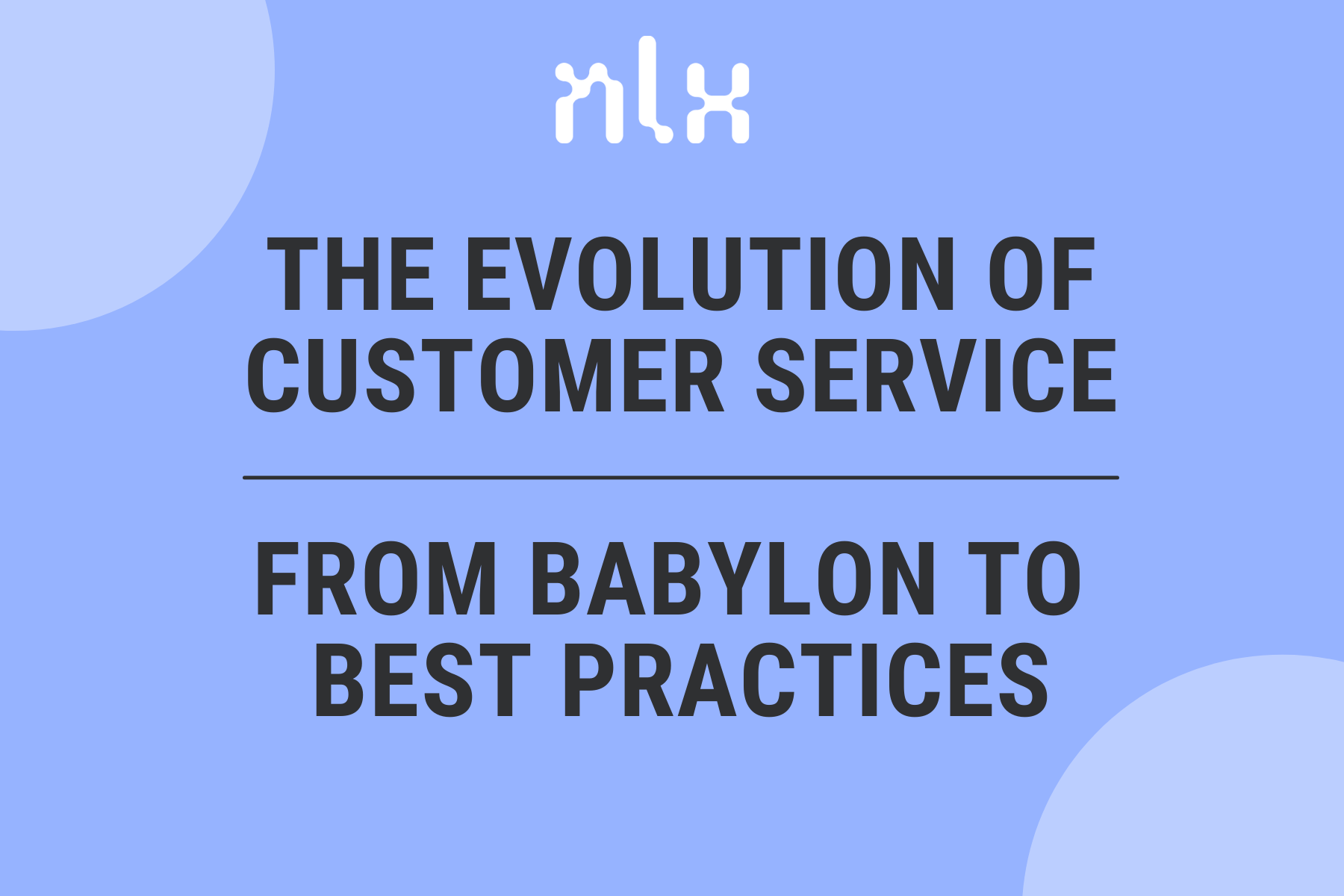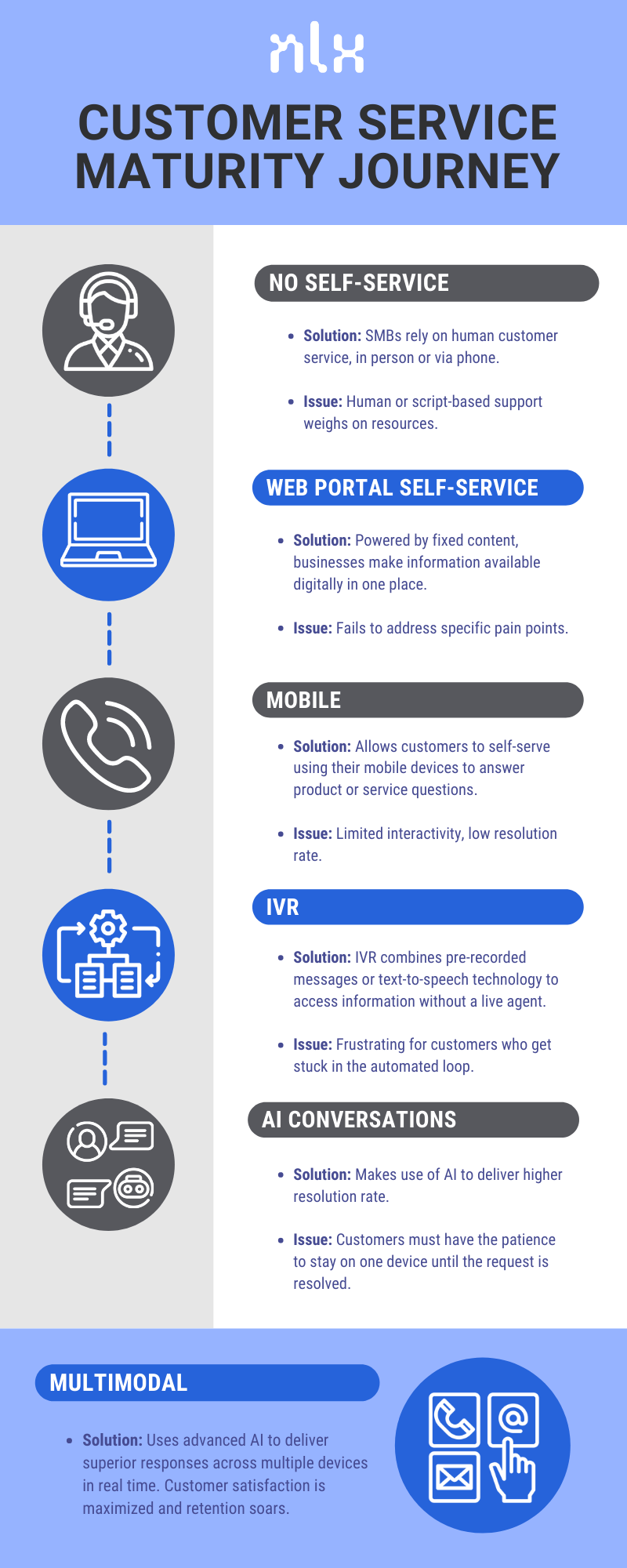
The Evolution of Customer Service from Babylon to Best Practices
Best business practices have been a part of the human equation since the beginning of time, when mankind traded wares such as obsidian tools for food. As with all commerce, the need arose quickly for good customer service, even in Ancient Babylon. Displayed in the British Museum is what could be the oldest customer complaint letter so far discovered. It dates to 1750 BC and is from an unsatisfied copper ore customer Nanni, written to his supplier, Ea-nasir. Nanni sent his servant to acquire a refund, only to be rudely refused.
If only there was multimodal customer service in those times. As mankind has evolved, so have the needs of customers to be heard, and more importantly, answered. As we move into 2022 it’s important to assess where we are on the customer service capability curve, and where we are headed.
The interconnectedness of the web and mobile phones allow us to rely on devices for answers to basic queries, freeing up their human counterparts for more important tasks. It feels like forever since we waited patiently for voice menus to finish, only to frantically push zero in hopes of real human interaction. Those days are long gone, and increased processing speeds and the move to open-source software led to the widespread use of IVR (interactive voice response) in the early 2000s.
In 2011, Siri and other virtual assistants (Alexa would début two years later) paved the way for these information bots to become part of our lives. They allowed customers to adopt a 24/7/365 digital lifestyle, where “regular” customer service hours became an inconvenience, potentially harming the bottom line.
As devices proliferated, so did customer service requests. This current trend shows no signs of slowing down—in fact quite the opposite, thanks to the pandemic. A study commissioned by Salesforce discovered that 64% of customers use different devices to start and finish transactions. With over 10 billion connected devices, and over 30 billion IoT connections predicted by 2025, multimodal customer service is where we are headed.
Aside from staffing issues, the biggest hurdle for customer-centric organizations has been to provide intelligent, helpful answers in this highly charged, decentralized environment. We are moving toward a world where the devices themselves will know what the customer wants before the customer does. This will further turbocharge customer service as well as its demands, since the average person will be communicating not only with the vendor, but also with the devices, and in some cases, with the product itself.
How do companies plan to keep up with the trillions of information requests which will need to be serviced over the next few years? Forward-thinking managers will need to reduce the costs of dealing with these requests, while simultaneously improving their efficacy. Enter artificial intelligence.
Machine-learned customer service interactions are the latest and most crucial step in the path towards multimodal, customer-obsessed business planning. The genius of clientele-focused AI is that it will improve the quality of the interaction every time. By combining these trillions of requests with the most advanced algorithms in the industry, the cost of customer retention decreases, while customer satisfaction rises. Perhaps most important, it relieves corporate decision-makers from time-consuming offshoring and human resources strategies, freeing them to innovate.
Fortunately, no one needs to reinvent the wheel when it comes to AI. Companies like NLX have been refining customer service algorithms for years, building bespoke and off-the-shelf solutions for and in conjunction with the brightest corporate trailblazers such as AWS, Affinity, Local Measure, and Mphasis. Explore where your organization is along the Customer Service Maturity Journey below to incorporate the latest developments in customer-facing AI and move your success to its endgame.

